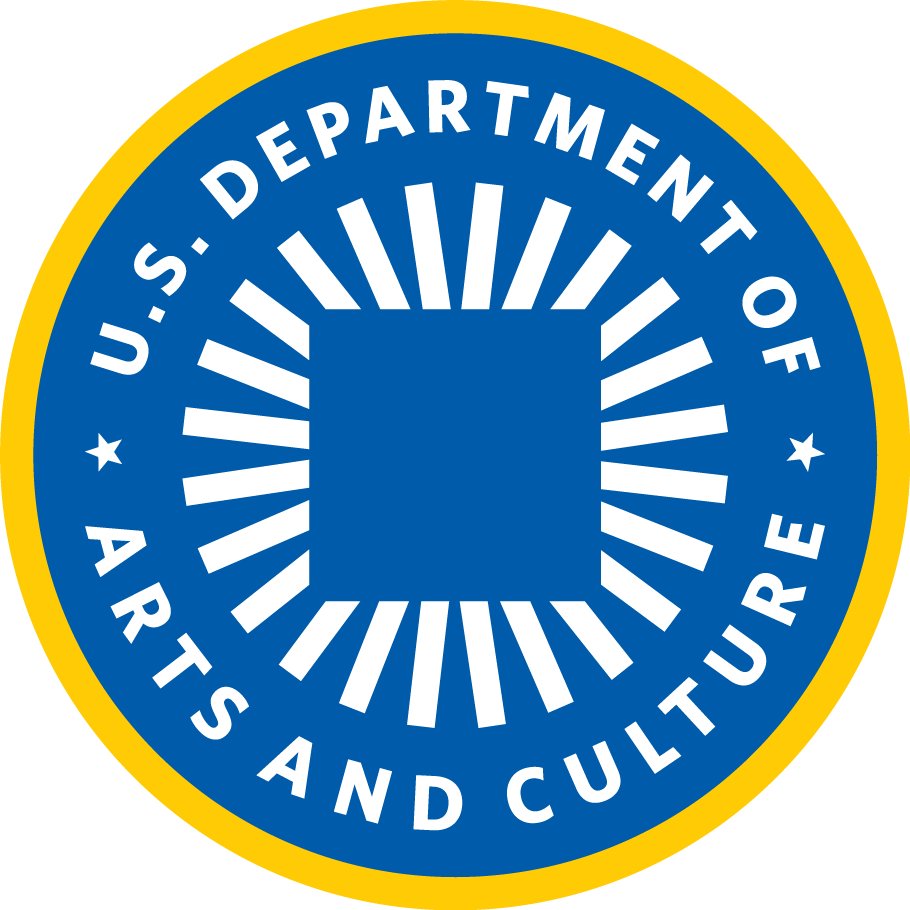“Acknowledgment by itself is a small gesture. It becomes meaningful when coupled with authentic relationship and informed action. But this beginning can be an opening to greater public consciousness of Native sovereignty and cultural rights, a step toward equitable relationship and reconciliation.” (USDAC attribution)
With more than 45,000 downloads,the USDAC Honor Native Land (HNL) toolkit and accompanying materials have powerfully and purposefully amplified the practice of land acknowledgement—with significant impact across many sectors. From 2017 to the present, the HNL work contributed to a burgeoning field of solidarity, understanding, and decolonization. When authored in 2017, the HNL toolkit filled a void. Today, land acknowledgments are almost commonplace, and have shifted in ways we did not always anticipate. Our intention has always been to use acknowledgments as a starting place for much more significant and bold solidarity action. With gratitude and deep reflection, we are sunsetting our HNL programs. Numerous organizations exist to support the movement from acknowledgement to action and we now defer to them.
The USDAC trajectory with land acknowledgements began with non-Indigenous allies, at the encouragement of and with deep consultation from numerous Indigenous individuals and groups. Specifically, the USDAC convened Indigenous activists, artists and culture bearers on the forefront of many movements. This deepened and broadened our understanding and scope for land acknowledgements and the sphere of operation they should inhabit. Land acknowledgements are beyond statements, they have dimensions beyond geographic, academic, political, Indigenous and colonial realms.
The USDAC is deeply committed to the shifts and potential impacts for those who are touched and reached through thoughtful land acknowledgements. As land acknowledgements become more commonplace, the impacts have become more complicated. We recognize ever changing landscapes require deliberate and informed ongoing action. Because of these and other circumstances, we have made the thoughtful decision to sunset USDAC Honor Native Land programs. The toolkit and other resources will continue to exist, but It is time for others with a strong pulse on the spheres enveloping land acknowledgements and those better equipped and staffed, to proactively lead the charge.
The foundation of the Honor Native Land campaign goes beyond naming the humans who inhabited and continue to steward the land. HNL is an assertion that we are all connected to the earth, the water, the air, the cosmos, and each other. Our destinies are intertwined in this moment of change. We join together, as collective liberators, promoting and creating change that honors all living beings. We lead with hearts, minds, and creativity, knowing that policies and governments will follow. The USDAC will always Honor Native Land, and the program we set on behalf of such.
We remain grateful to the previous members of the USDAC team who created and evolved USDAC’s HNL work—Adam Horowitz, Amelia Winger-Bearskin, Arlene Goldbard, Gabrielle Uballez, and Jaclyn Roessel—and to the many partners and advisors who helped us forge and walk this path! With gratitude, we acknowledge and thank them. (Biographies below)
We encourage you to utilize these land acknowledgement resources, and always seek and contribute to liberation!!
Resources on Land Acknowledgement:
https://nativegov.org/news/a-guide-to-indigenous-land-acknowledgment/
https://illuminative.org/wp-content/uploads/2022/06/Land_Acknowledgement.pdf
Deep gratitude to everyone who has downloaded and forwarded the toolkit and assisted with our vision and efforts. Particularly, we thank the following key contributors to the USDAC Honor Native Land efforts:
FAQ’s:
Why are you sunsetting your efforts?
Our dreams for HNL are being manifested by others and frankly, we do not have the manpower to take it to the levels and realms we envision.
What are the USDAC dreams beyond Land Acknowledgements?
We envision broad understanding that land acknowledgements are central to understanding complicated histories of people and regions. We emphasize the necessity for including perceptions beyond land and people. The realms for these understandings include air, water, plants, animals, birds, spirit, memory, and more.
How can I help move land acknowledgements to new levels and realms?
Educate yourself and others about sovereignty, Indigenous rights, Land Back, and Indigenous reparations. Support these movements. Our resource list can assist with your connections.
Who else should we connect with for Land Acknowledgment guidance?
Several great resources are listed and linked above, along with a few articles that will lend information about the changing landscape of land acknowledgments.
Where are the people who used to lead this program?
They are still part of our valued network. We have put links to their websites in the thank you above.
Are your resources still available for use?
Most definitely. We believe the work produced through this effort is valuable so the toolkit will remain available on our website.
What can I do if I need more assistance than is offered in the toolkit?
For a donation to our non-profit, the USDAC team is available to consult with your organization. We can lend expert advice on how to craft your specific acknowledgement. Just ask!
How will you continue to prioritize Indigenous voices in your work?
The USDAC holds Indigenous rights as central to all social justice work. Our work is now focused on supporting and connecting cultural organizers to movement spaces. This means we honor, support, and include Indigenous expressions and actions.

